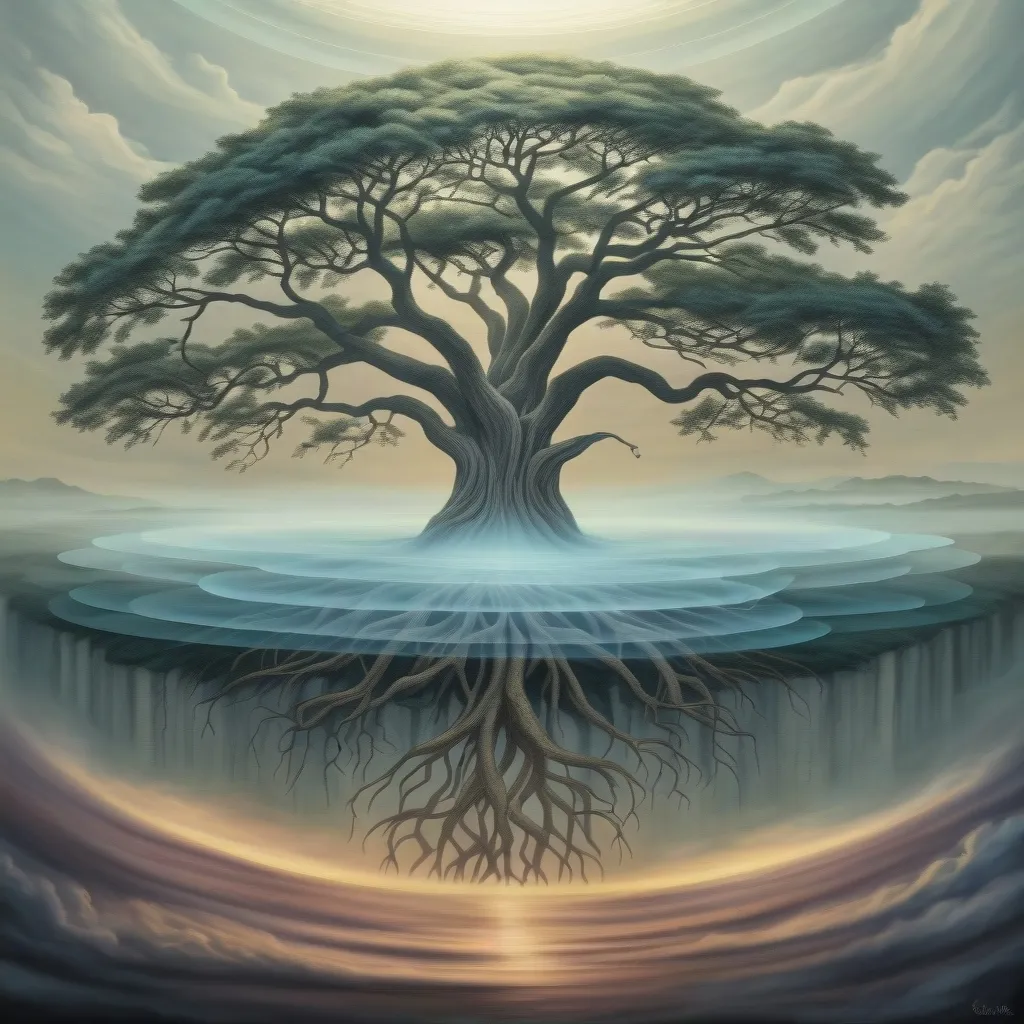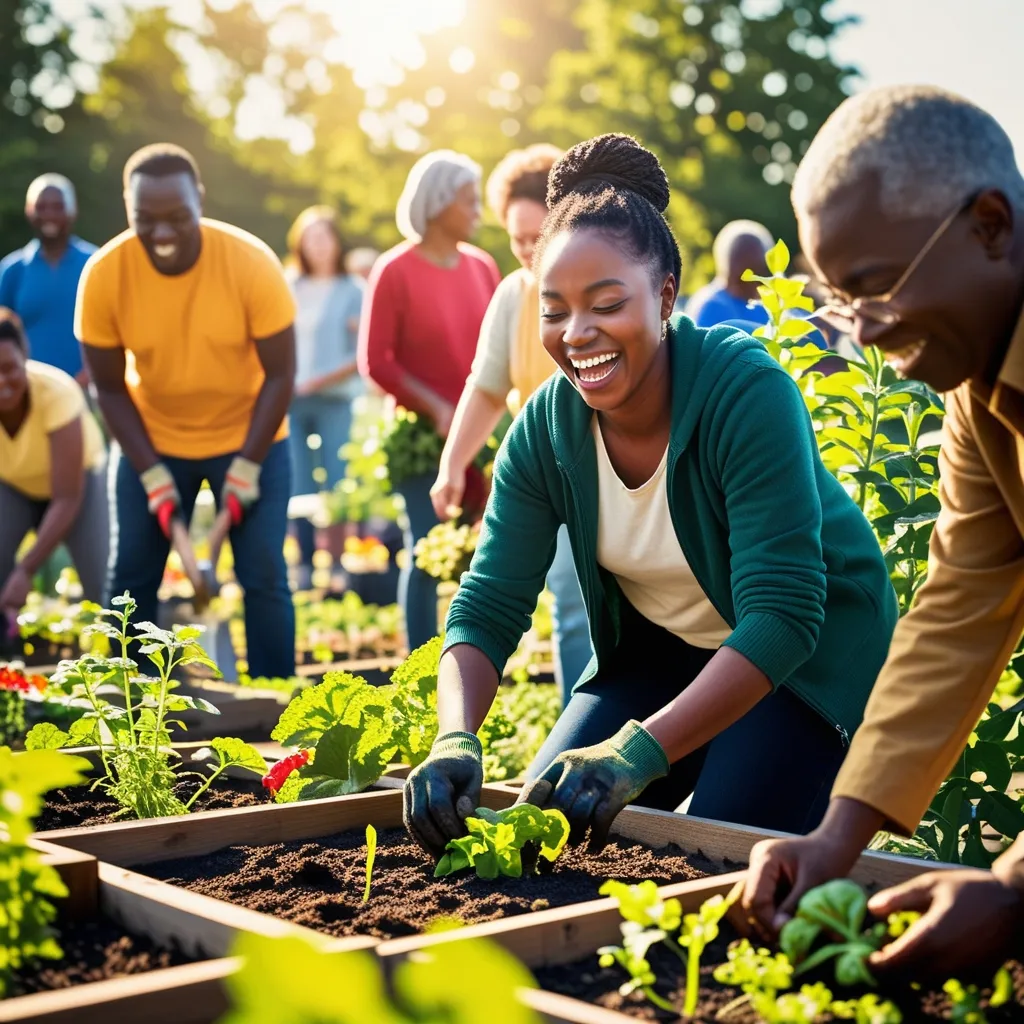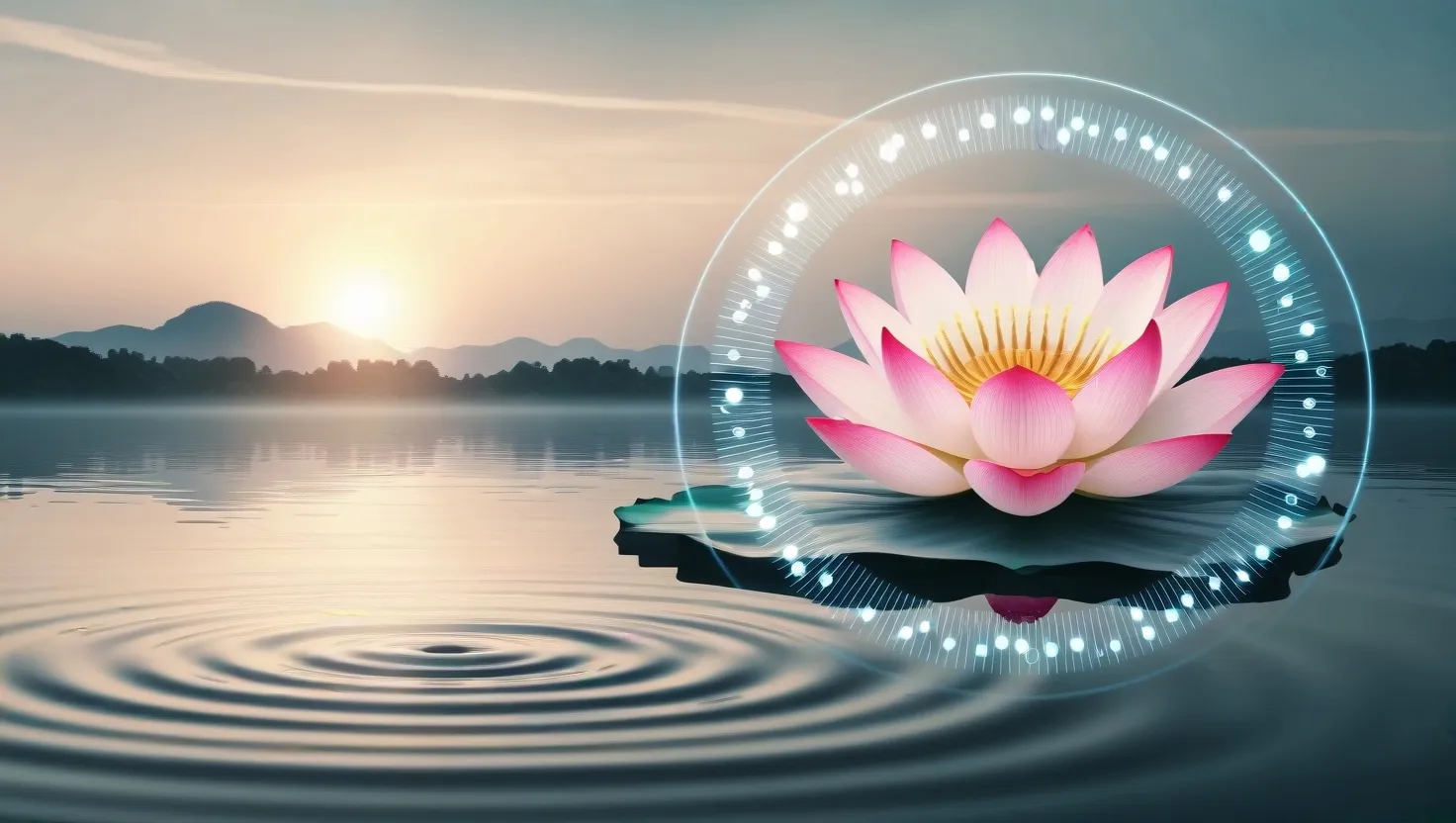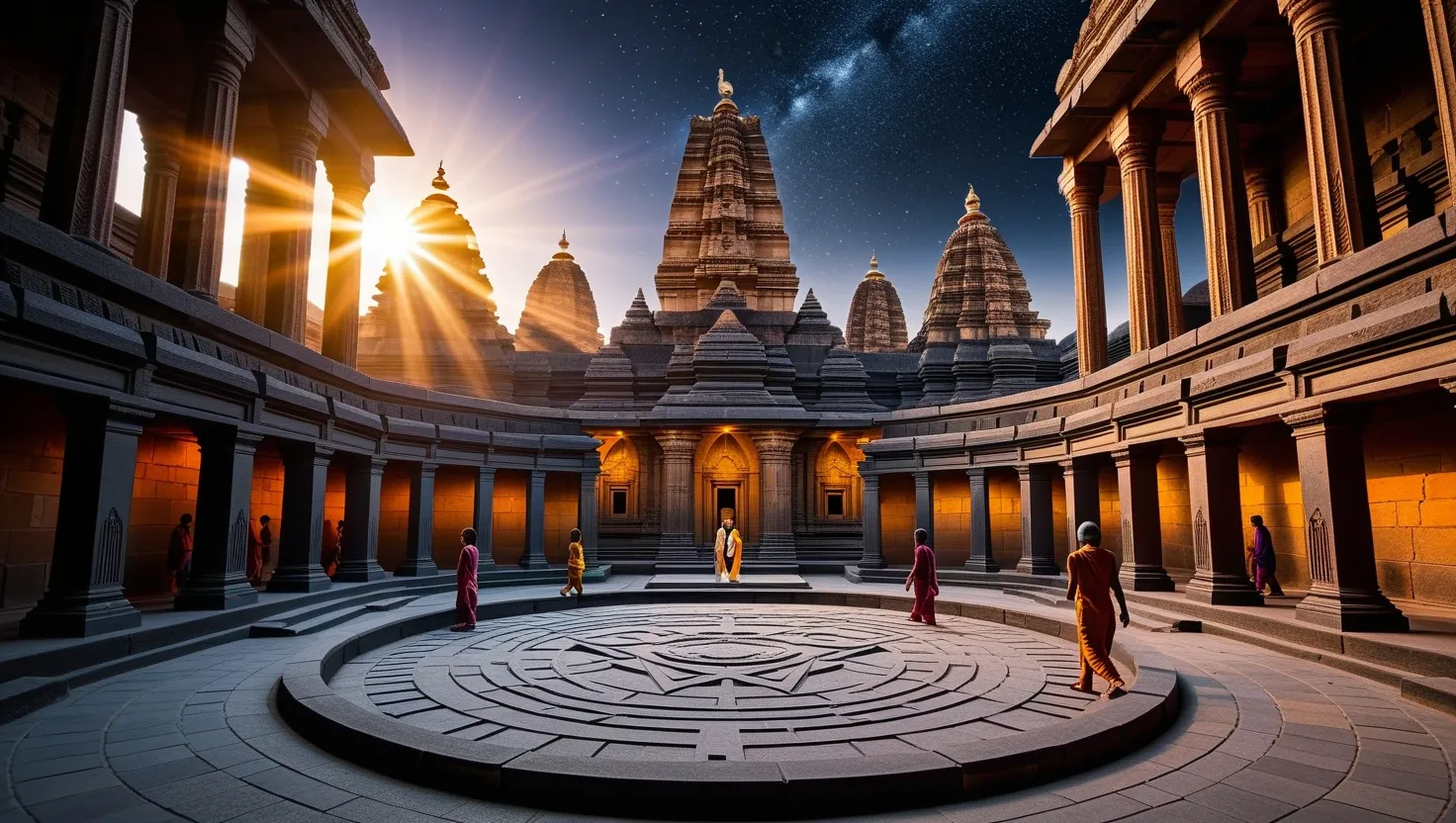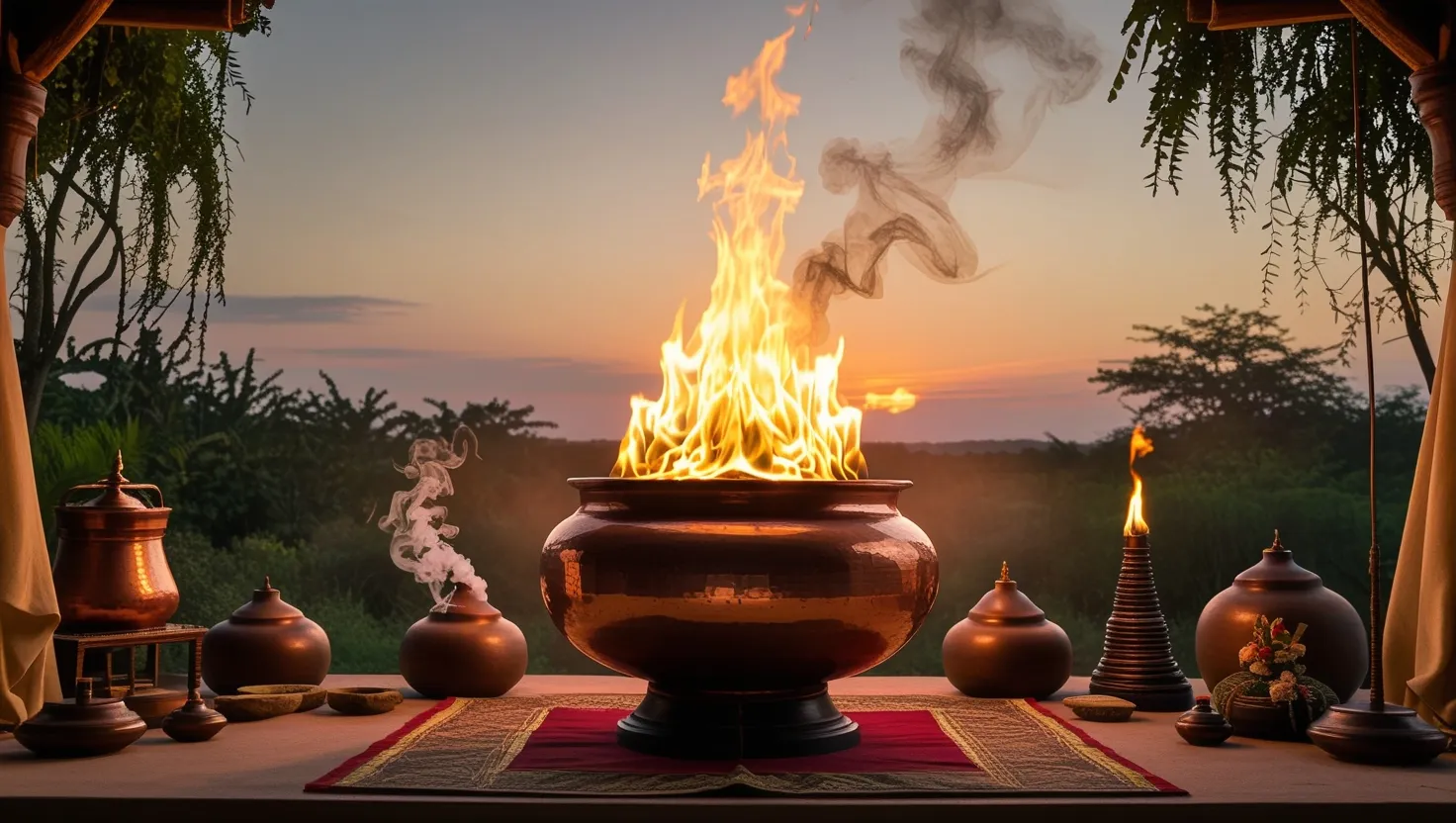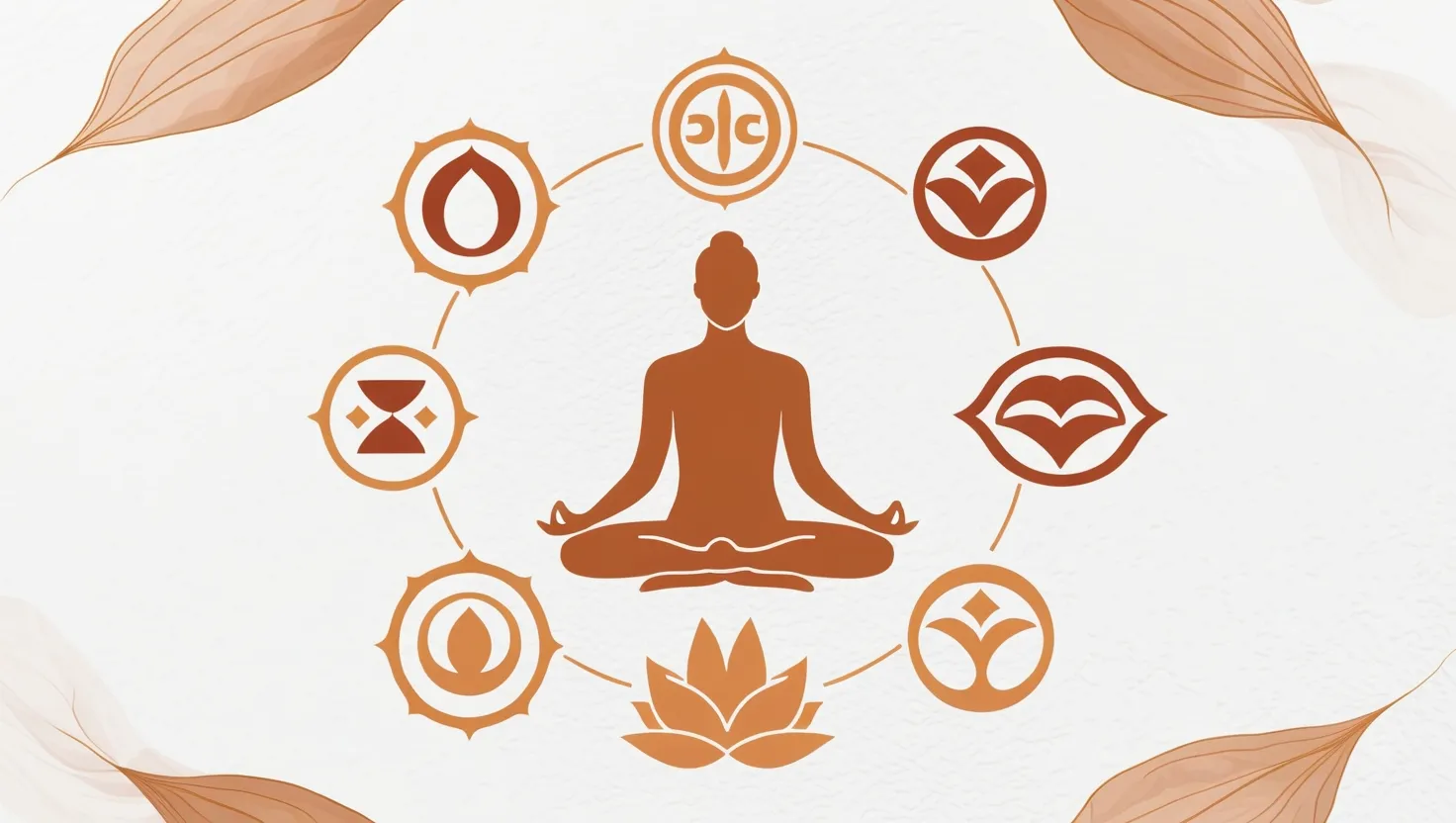In the fascinating universe of Hindu philosophy, Vedanta stands like a wise old tree, stretching its branches deep into the mysteries of reality and consciousness. Like an ancient whisper, this philosophical tradition urges us to ask profound questions about who we are and what this world really is. It’s not just an exploration of ultimate truths buried in dusty books but a pathway to seeing the world and ourselves in a new light.
Vedanta, especially the Advaita or non-dual version, revolves around a mind-bending idea: the entirety of existence is rooted in something called Brahman. This isn’t just a mysterious concept floating out in space; Brahman is considered pure existence, pure consciousness, and pure bliss. It’s not a faraway dream but thought to be at the core of our being, known intimately as the Self or Atman.
In its exploration of existence, Vedanta breaks reality down into three layers: absolute, worldly, and illusory. The absolute realm is like a serene oasis of pure consciousness, untouched by the hustle and bustle of our daily lives. Our everyday experiences and even celestial realms fall under worldly existence—real to us, yet confined by time and space. Then there’s illusory existence, like a puff of smoke or a mirage, a trick of perception that looks real but holds no substance.
A significant player in this cosmic drama is Maya, the force behind the curtain that makes one, undivided reality seem like a wild carnival of many. Maya isn’t just a mental trick; it orchestrates our experience of a multitude, disguising the singular truth with the convenience of multiple perceptions. It’s the director of this psychological play, driven by ignorance and the mistaken identification with a limited self.
Central to Vedanta is its radical take on consciousness. Far from being a mere product of the brain’s chemistry, consciousness is the fabric of everything, the Atman and Brahman. To Vedanta, the individual self (Jiva) and the universal self (Brahman) are just dressed-up versions of a single, magnificent reality. The separation felt between these selves is born of ignorance, and the realization of their unity opens the door to liberation.
This philosophy offers an intriguing map of consciousness as it explores waking, dreaming, and deep sleep states. This journey hints at a fourth state called Turiya, a mystical realm of pure consciousness that one can experience, transcending the limits of traditional states and unveiling the unchanging Self.
Vedanta challenges us to distinguish between what’s real and what’s a mirage. The true reality (satya) is that which remains unchanged, enduring through time, whereas the world we perceive (mithyā) is in constant flux. This discernment is vital because it teaches us that the world, although vivid to our senses, lacks the unshakable reality of pure consciousness.
The voyage to liberation is not about constructing something new but unveiling what’s eternally present. This introspection, known as Atma-anātma-viveka, involves sifting through our experiences to separate the self from the non-self, revealing the true Self as eternal consciousness, apart from the transitory physical form.
Importantly, Vedanta doesn’t demand miraculous revelations or blind leaps of faith. It warmly invites us to delve into our daily experiences with a curious, philosophical outlook. By scrutinizing ordinary perceptions, it surprises us with the revelation that we’re not fleeting mortals but reflections of an undying consciousness. This isn’t just an abstract thought but a real, energetic presence in each moment.
The scriptures of Vedanta, particularly the Upanishads, act as wise companions rather than rigid doctrines. These texts encapsulate the insights of ancient sages who peered into these truths directly. They function like a mirror, helping us see our true nature, guiding us gently to discern the deeper layers of our own story. They’re not about enforcing belief but about awakening understanding, serving as luminous guides on our journey through life’s mysteries.
Engaging in Vedanta’s inquiry involves practical methodologies, like honing the skill of viveka, or discrimination, to discern the enduring from the transient. This helps separate reality from mirage. Other practices include nurturing detachment, calming the mind, and pursuing self-inquiry, all aimed at dismantling the fundamental misunderstanding that breeds suffering, allowing us to rest in the limitless joy of the Self.
Rather than viewing the body and mind as divided, Vedanta sees them as two sides of the same coin, woven from the threads of a single, unified reality. Consciousness is more subtle than mind, spreading through all existence, omnipresent and infinitely knowing. This holistic approach integrates the mental and physical worlds, recognizing them as expressions of the same ultimate truth.
The revelations of Vedanta profoundly impact our understanding of reality and our role within it. By embracing the truth that our essence is immortal consciousness, Vedanta helps us break free from the chains of fear and anxiety that come with a finite existence. This brings a sense of liberation and joy, empowering us to live with profound purpose and meaning.
Vedanta is not merely a stack of intricate theories but a guide to a life enriched with authenticity and fulfillment. Its insights illuminate the way to recognizing that the highest truth isn’t distant or external but right inside us, singing quietly at the core of our being. By applying Vedanta’s lessons to our everyday experiences, we tap into our true nature as timeless, limitless consciousness, charting a path toward a life brimming with freedom, joy, and deep insight.
